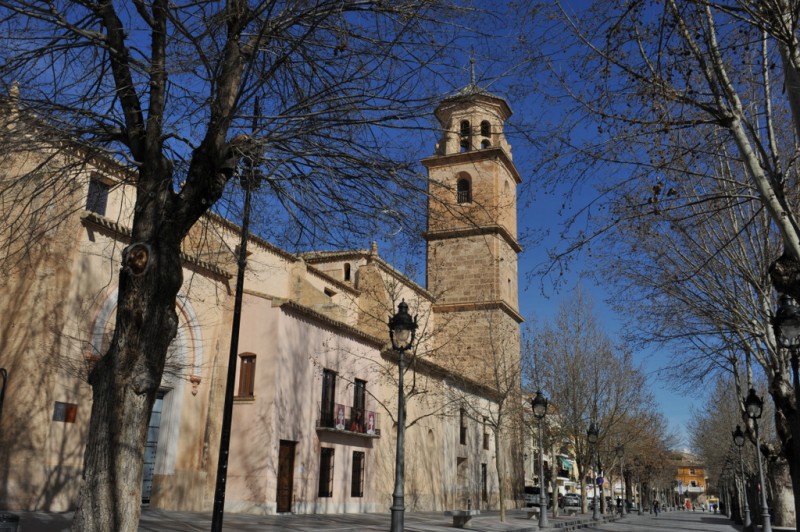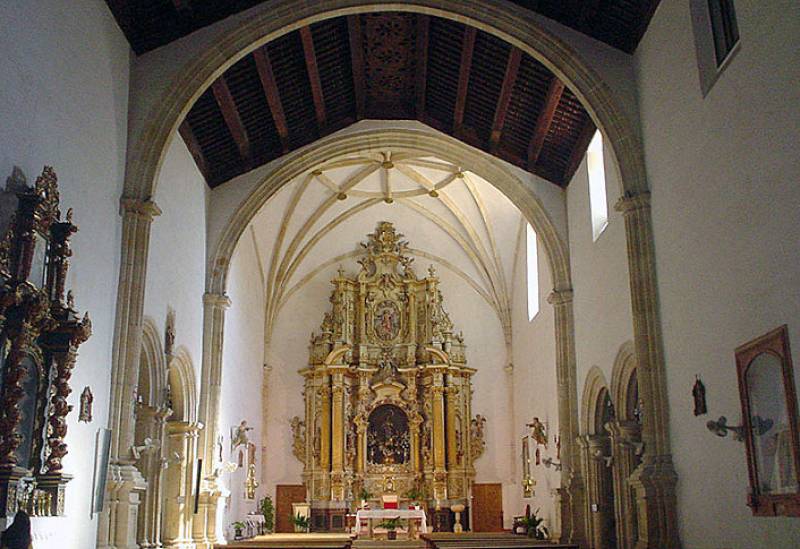- Region
- Águilas
- Alhama de Murcia
- Jumilla
- Lorca
- Los Alcázares
- Mazarrón
- San Javier
-
ALL AREAS & TOWNS
- AREAS
- SOUTH WEST
- MAR MENOR
- MURCIA CITY & CENTRAL
- NORTH & NORTH WEST
- TOWNS
- Abanilla
- Abarán
- Aguilas
- Alamillo
- Alcantarilla
- Aledo
- Alhama de Murcia
- Archena
- Balsicas
- Blanca
- Bolnuevo
- Bullas
- Cañadas del Romero
- Cabo de Palos
- Calasparra
- Camping Bolnuevo
- Campo De Ricote
- Camposol
- Canada De La Lena
- Caravaca de la Cruz
- Cartagena
- Cehegin
- Ceuti
- Cieza
- Condado de Alhama
- Corvera
- Costa Cálida
- Cuevas De Almanzora
- Cuevas de Reyllo
- El Carmoli
- El Mojon
- El Molino (Puerto Lumbreras)
- El Pareton / Cantareros
- El Raso
- El Valle Golf Resort
- Fortuna
- Fuente Alamo
- Hacienda del Alamo Golf Resort
- Hacienda Riquelme Golf Resort
- Isla Plana
- Islas Menores & Mar de Cristal
- Jumilla
- La Azohia
- La Charca
- La Manga Club
- La Manga del Mar Menor
- La Pinilla
- La Puebla
- La Torre
- La Torre Golf Resort
- La Unión
- Las Palas
- Las Ramblas
- Las Ramblas Golf
- Las Torres de Cotillas
- Leiva
- Librilla
- Lo Pagan
- Lo Santiago
- Lorca
- Lorquí
- Los Alcázares
- Los Balcones
- Los Belones
- Los Canovas
- Los Nietos
- Los Perez (Tallante)
- Los Urrutias
- Los Ventorrillos
- Mar De Cristal
- Mar Menor
- Mar Menor Golf Resort
- Mazarrón
- Mazarrón Country Club
- Molina de Segura
- Moratalla
- Mula
- Murcia City
- Murcia Property
- Pareton
- Peraleja Golf Resort
- Perin
- Pilar de la Horadada
- Pinar de Campoverde
- Pinoso
- Playa Honda
- Playa Honda / Playa Paraíso
- Pliego
- Portmán
- Pozo Estrecho
- Puerto de Mazarrón
- Puerto Lumbreras
- Puntas De Calnegre
- Region of Murcia
- Ricote
- Roda
- Roldan
- Roldan and Lo Ferro
- San Javier
- San Pedro del Pinatar
- Santiago de la Ribera
- Sierra Espuña
- Sucina
- Tallante
- Terrazas de la Torre Golf Resort
- Torre Pacheco
- Totana
- What's On Weekly Bulletin
- Yecla


- EDITIONS:
 Spanish News Today
Spanish News Today
 Alicante Today
Alicante Today
 Andalucia Today
Andalucia Today
The Iglesia de la Purísima Concepción in Caravaca de la Cruz
Contruction of the church of the Immaculate Conception in Caravaca began in 1534
 This church dedicated to the Immaculate Conception, stands outside the historic old centre of Caravaca de la Cruz alongside the tree-lined avenue of Calle Corredera and next to the Plaza del Templete. Construction began in the 1530s, but this is one of those long-term projects which took centuries to reach completion, the final stage being the last storey of the tower known as the “Torre de los Pastores”, one of the most iconic sights of the Holy City.
This church dedicated to the Immaculate Conception, stands outside the historic old centre of Caravaca de la Cruz alongside the tree-lined avenue of Calle Corredera and next to the Plaza del Templete. Construction began in the 1530s, but this is one of those long-term projects which took centuries to reach completion, the final stage being the last storey of the tower known as the “Torre de los Pastores”, one of the most iconic sights of the Holy City.
The location is well over half a kilometre south-west of the Plaza del Arco and the castle-sanctuary in which the holy relic of the True Cross is kept, but as Caravaca grew over the centuries it was absorbed into the built-up area and now stands as a monument to many styles of architecture, including the “mudéjar” use of Islamic designs in Gothic, Renaissance and Romanesque buildings: this is noticeable in the elaborately decorated ceilings.
The history of the church
 The project to build a place of worship dedicated to both Nuestra Señora de la Concepción and San Juan de Letrán was first proposed by the local clergy in Caravaca in the early 16th century, the objective being not only to hold religious services but also to provide a burial place for members of the brotherhood who built it. This latter intention was thwarted in the 19th century by a law prohibiting burials inside churches.
The project to build a place of worship dedicated to both Nuestra Señora de la Concepción and San Juan de Letrán was first proposed by the local clergy in Caravaca in the early 16th century, the objective being not only to hold religious services but also to provide a burial place for members of the brotherhood who built it. This latter intention was thwarted in the 19th century by a law prohibiting burials inside churches.
 Financing came from the brotherhood’s own funds and from donations, but was to prove a constant problem during the construction of the church.
Financing came from the brotherhood’s own funds and from donations, but was to prove a constant problem during the construction of the church.
The first stage of building lasted approximately from 1534 to 1560, when the main body of the church was completed, and the first reference to any artist working here comes in 1544, when stonemason Martín de Homa was contracted to work on the main chapel, onto which the chapel of San Juan de Letrán was added. The Capilla del Cristo, which is opposite the one dedicated to San Juan de Letrán, also belongs to this phase, and was built by Juan Miravete.
After a hiatus lasting a generation, work re-started in 1587, and between then date and 1605 the last arch of the choir was completed. Domingo Ortiz and Diego de Villabona completed the main nave early in the 17th century, and the contract to provide decorative woodwork was then awarded to Baltasar Molina.
A few years later it was decided to build a tower similar to the one on which work was already under way at the church of El Salvador, but at the same time cracks appeared in the main chapel and in 1611 advice was sought from stonemasons.
The first stage of the tower was completed in around 1620 and two more followed soon afterwards, but the fourth one was not added until the late 18th and early 19th centuries, when it was crowned with blue tiles.
The tower is known as the “Torre de los Pastores” (the shepherds’ tower): it is believed that part of the reason for such a tall structure was to provide a means of warning those working in the fields of imminent dangers or bad weather, and at the same time it provided a landmark by which shepherds and others in the countryside could take their bearings.
As late as the second half of the 20th century changes were still being made: in the 1970s the wooden floor was replaced with stone, and in the following decade the two parts of the choir were joined together as one. This did away with an arrangement by which a separate area was provided for those attending Mass from the hospital.
Works of religious art
 One of the most important features of the church is the 18th-century baroque altar screen, which is dedicated to Saint Nicholas of Bari, while the figure depicting the Immaculate Conception was created in 1792 by local sculptor Fernández Caro.
One of the most important features of the church is the 18th-century baroque altar screen, which is dedicated to Saint Nicholas of Bari, while the figure depicting the Immaculate Conception was created in 1792 by local sculptor Fernández Caro.
On either side of the main chapel worshippers are welcomed by two lamp-bearing angels, and to the right of the main altar is a chapel containing an altar screen decorated with estipite columns. This altar screen is presided over by an “Ecce Homo” created by Marcos Laborda in the 18th century.
There are also two large paintings from the 18th century, one representing the Adoration of the Magi and the other the Vision of San Ignacio de Loyola.
 In terms of religious sculptures, the figure of “Cristo atado a la columna” (Christ bound to the column) is a copy of works created by Francisco Salzillo, and is usually carried through the streets in procession which on the Wednesday of Easter Week. Those bearing the tableau are the members of the Cofradía del Cristo de la Misericordia brotherhood, better known locally as the “Cofradía de los Coloraos” or the “Paso Encarnado”.
In terms of religious sculptures, the figure of “Cristo atado a la columna” (Christ bound to the column) is a copy of works created by Francisco Salzillo, and is usually carried through the streets in procession which on the Wednesday of Easter Week. Those bearing the tableau are the members of the Cofradía del Cristo de la Misericordia brotherhood, better known locally as the “Cofradía de los Coloraos” or the “Paso Encarnado”.
Documentary evidence shows that the figure of the Cristo de la Misericordia dates from 1722, and it is known that it was paraded in the 18th century during long droughts as the inhabitants of Caravaca prayed for rain, along with the Virgen de la Encarnación and the Holy Cross. It features in the annual Good Friday procession and is carried thorugh the streets by the brotherhood which bears the same name.
The sculpture of San José y El Niño is from the first decade of the 18th century and is attributed to Nicolás Salzillo, while that of San Francisco de Asís is believed to be by one of the artists associated with Nicolás de Bussy.
Visiting times
 Winter
Winter
The church is open to the public from Tuesday to Saturday from 9.30 to 13.30 and 18.30 to 20.30, and on Sundays from 9.00 to 11.30 and from 18.30 to 20.30.
Summer
From Tuesday to Saturday from 9.30 to 13.30 and 19.00 to 21.00, and on Sundays from 9.00 to 11.30 and from 19.00 to 21.00.
For almost all of the year Mass is held in the Iglesia de la Purísima Concepción at 19.00 every day of the week, with additional services at 10.30 and 12.30 on Sundays and religious holidays.
Further information about Caravaca is available from the tourist office (Plaza de España, 7, telephone 968 702424, email turismo@caravacadelacruz.es).
Or for more local information, including the Holy Jubilee Year as well as local news and what’s on, go to the home page of Caravaca Today.



